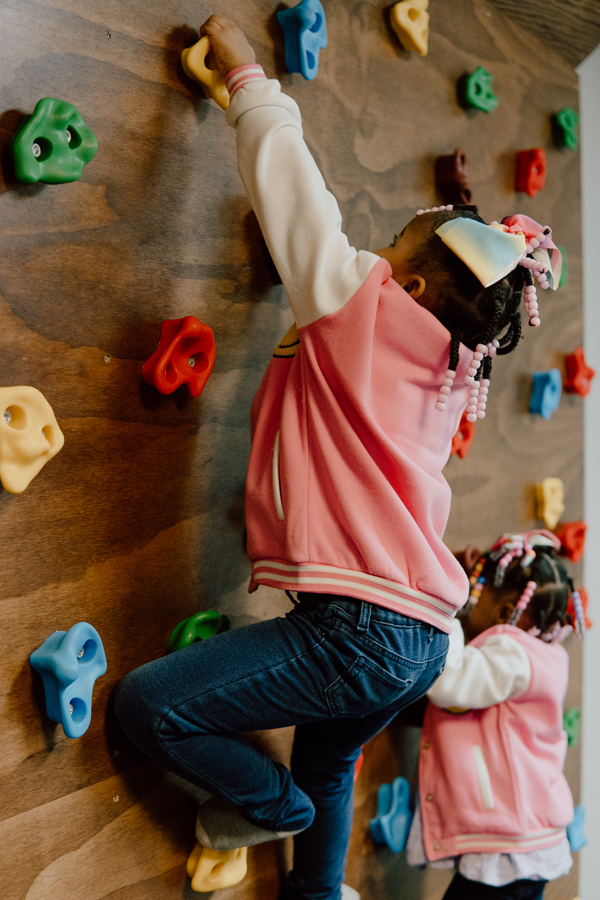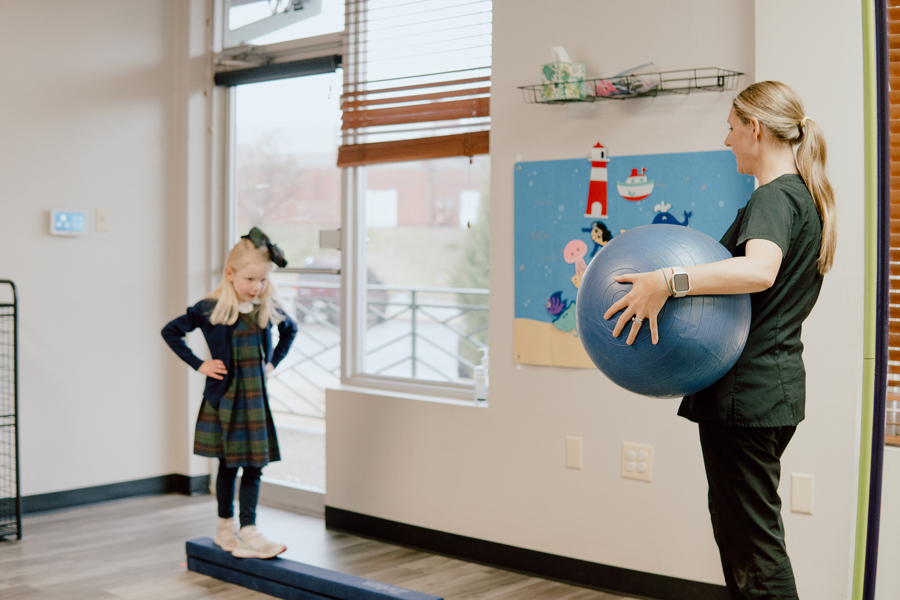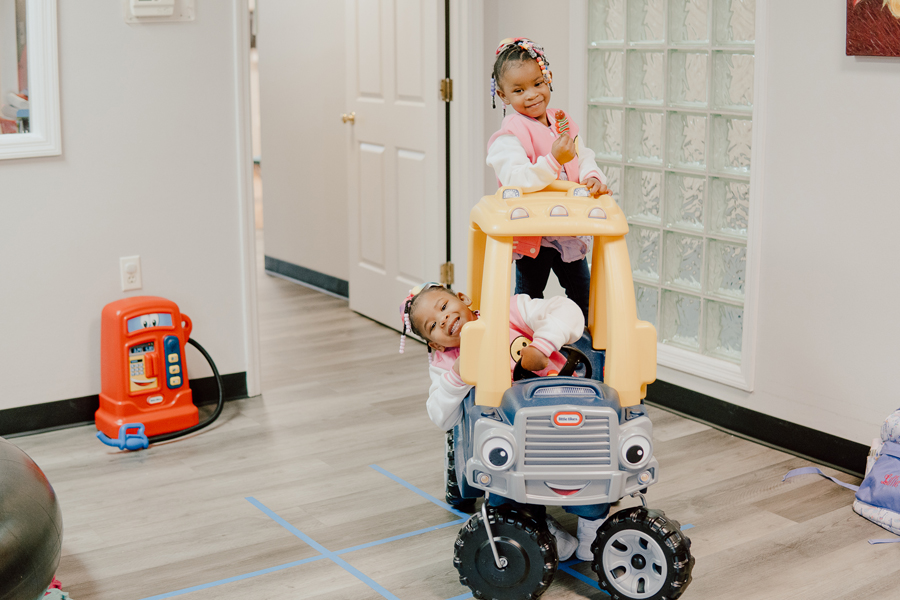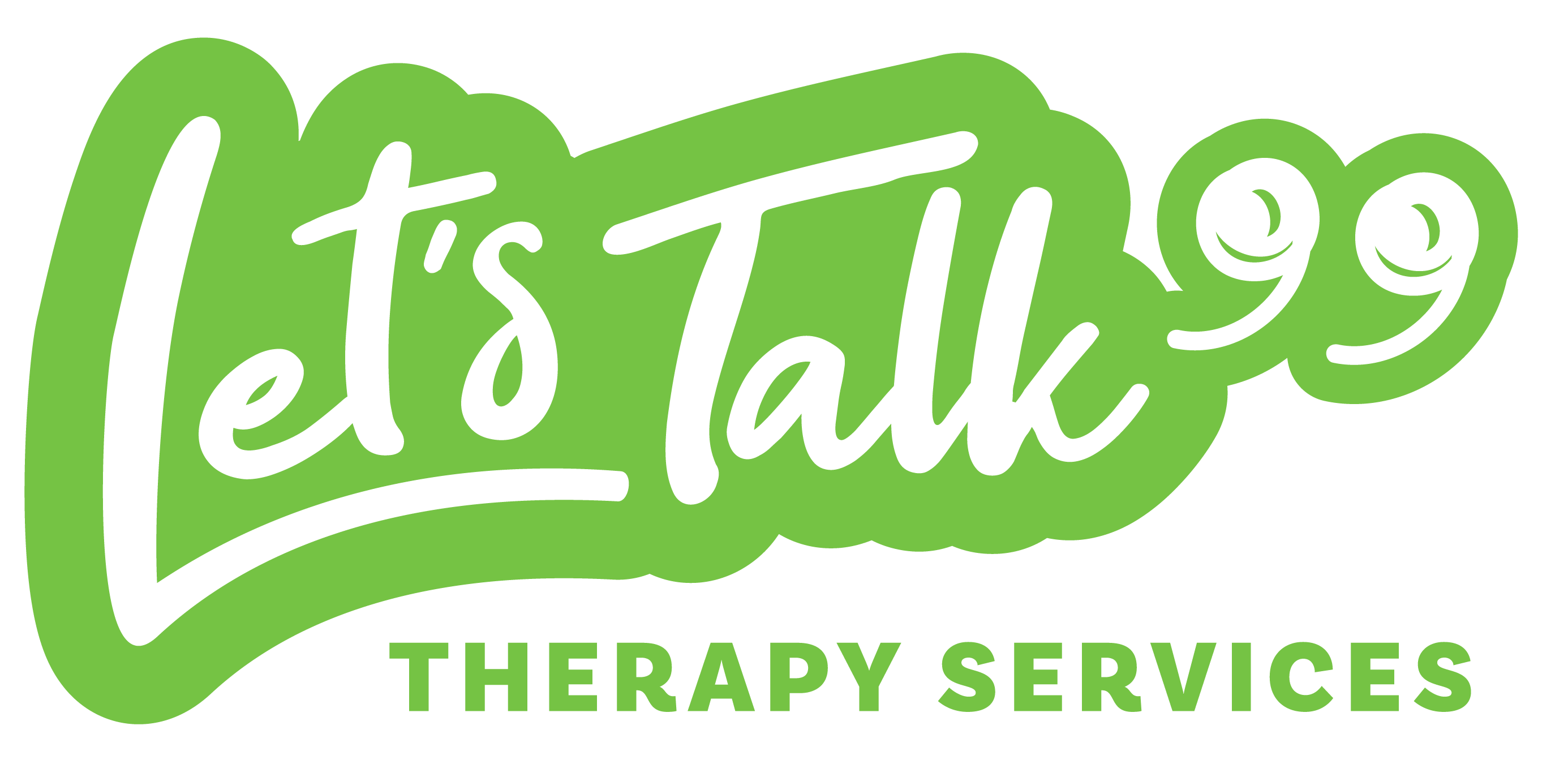Physical Therapy (PT)

What is Physical Therapy?
Early childhood physical therapy is crucial because it targets delays and conditions that limit physical function to help your child move more freely through the world. But even better, it’s fun! We love helping children grow physically and mentally stronger while having a good time. Children love our sensory room and games–it’s something they look forward to! We believe children learn better when they are having fun. That’s why we do everything we can to make therapy enjoyable AND effective.
Ready to get started? Call today and schedule your free 15-minute screening. We’ll discuss your observations and concerns, and if we think your child could use our help, we’ll get ready for an evaluation!

Who needs Physical Therapy?
Various conditions and delays may make your child a candidate for physical therapy. Here are some examples of children who are perfect for our services:
Children with developmental delays
Developmental delays occur when a child is significantly behind different developmental milestones. While developmental delays can occur in various areas, physical therapy helps children and infants with fine and gross motor delays. These may include sitting, walking, and changing positions.
Children who toe-walk
While many children walk on their toes or the balls of their feet when first learning to walk, they generally outgrow this habit as they develop. Over time, toe walking may lead to tight ankles, which can be relieved from physical therapy sessions focused on stretching the calf muscles.
Children with autism
According to the National Autism Association, “Autism is a bio-neurological developmental disability that generally appears before the age of 3.” Children with autism often have challenges with movement, sensory sensitivity, socializing, and communication.
Children with torticollis
Torticollis is a condition that causes a twisted and tilted neck. Children with fixed torticollis may have some developmental delays in motor skills.
Children with hypotonia
Hypotonia is when children have low muscle tone, causing them to have a low ability to resist force, leading to a “floppy” appearance. They may have difficulty holding up their head, rolling over, sitting, standing, walking, eating, breathing, and maintaining balance and coordination.
Children with cerebral palsy
Cerebral palsy is a common motor disability caused by abnormal brain development or damage to the brain during development. This disability makes it challenging for them to move and maintain balance and posture. Children with cerebral palsy struggle to control their muscles and, depending on the level of severity, may have difficulty walking.

What happens during Physical Therapy?
You may be wondering what kind of activities we do with your child in physical therapy. While you may be picturing a cold, clinical setting, we’re quite the opposite! We believe there is value in making therapy fun while effectively helping move your child toward their therapeutic goal. We often incorporate play therapy and sensory rooms to promote progress.
Play therapy helps children stay engaged, meet new challenges, explore novel things, and progress toward their physical goals. We often use a variety of equipment:
- Exercise balls
- Resistance bands
- Balance boards
- Medicine balls
- Foam rollers
- Gait trainers
- Swings
- Small trampolines
This equipment helps children build strength, coordination, and other physical characteristics.
Get involved with your child's development!
We are proud to offer a wealth of resources for parents! We know that entering the therapy world can be confusing, so we want to help you feel as informed and confident as possible. You can click the button below to find a list of valuable resources. We hope it helps!
Get involved with your child's development!

We are proud to offer a wealth of resources for parents! We know that entering the therapy world can be confusing, so we want to help you feel as informed and confident as possible. You can click the button below to find a list of valuable resources. We hope it helps!
